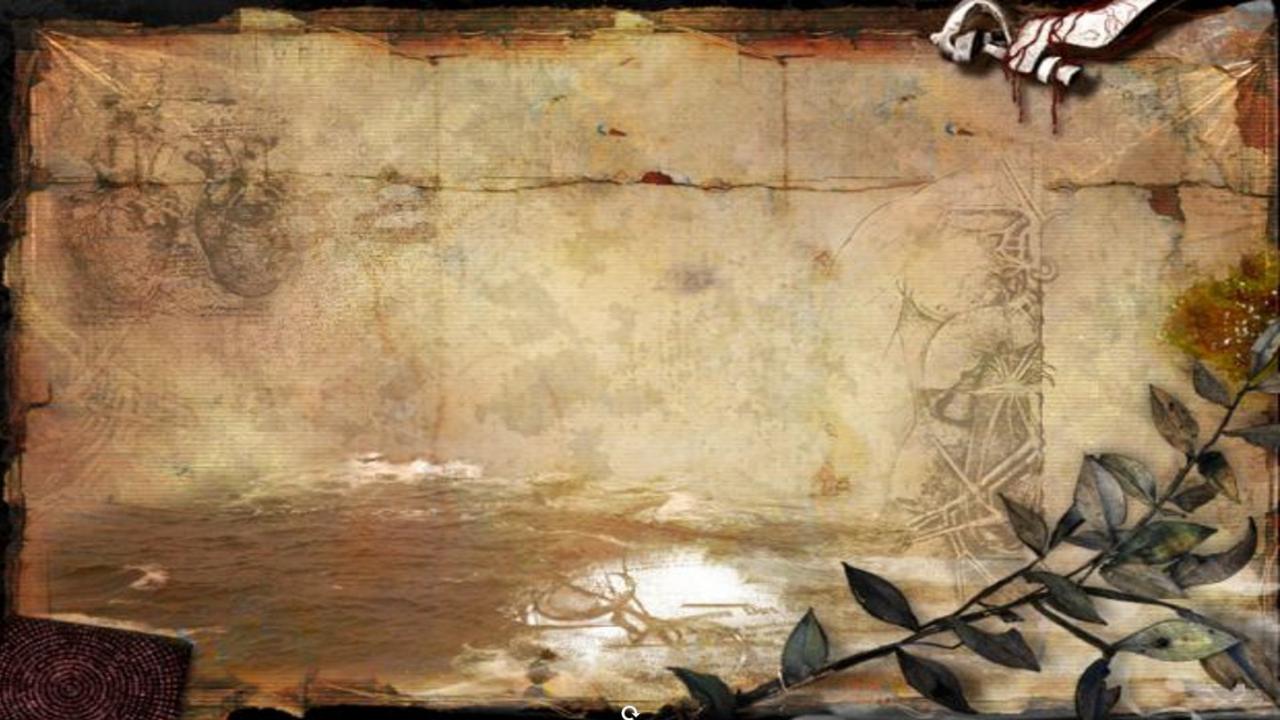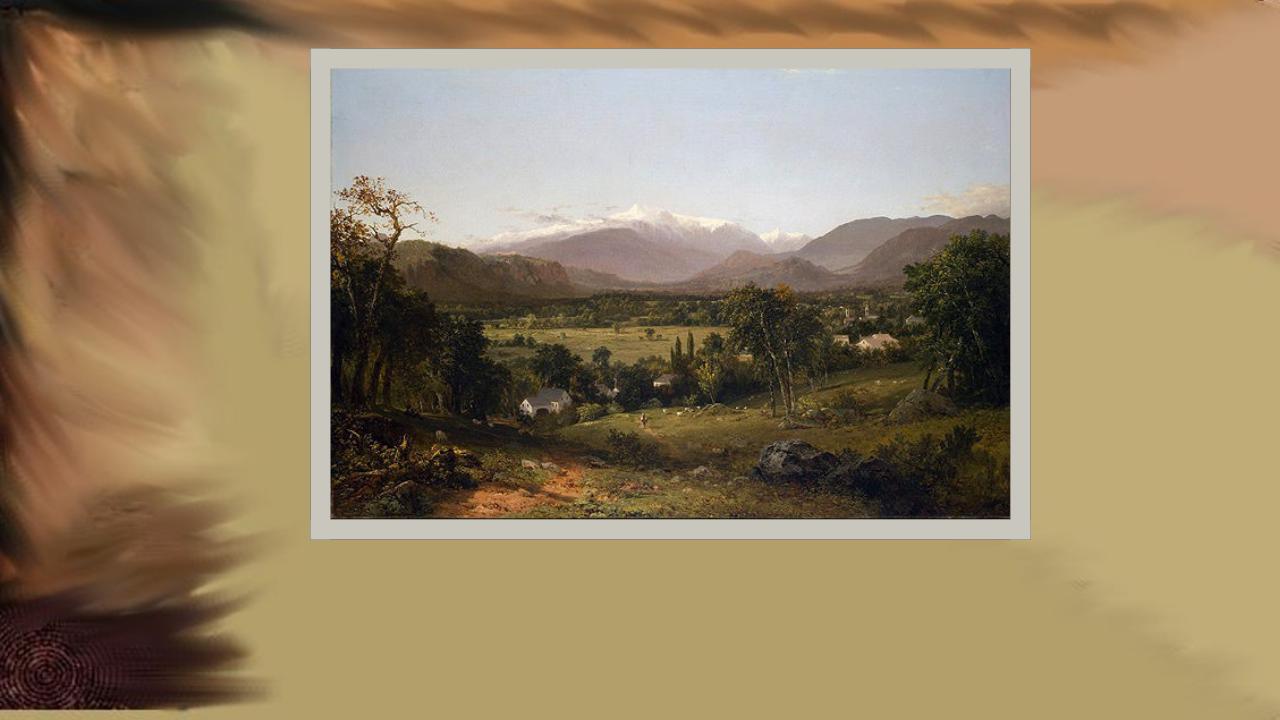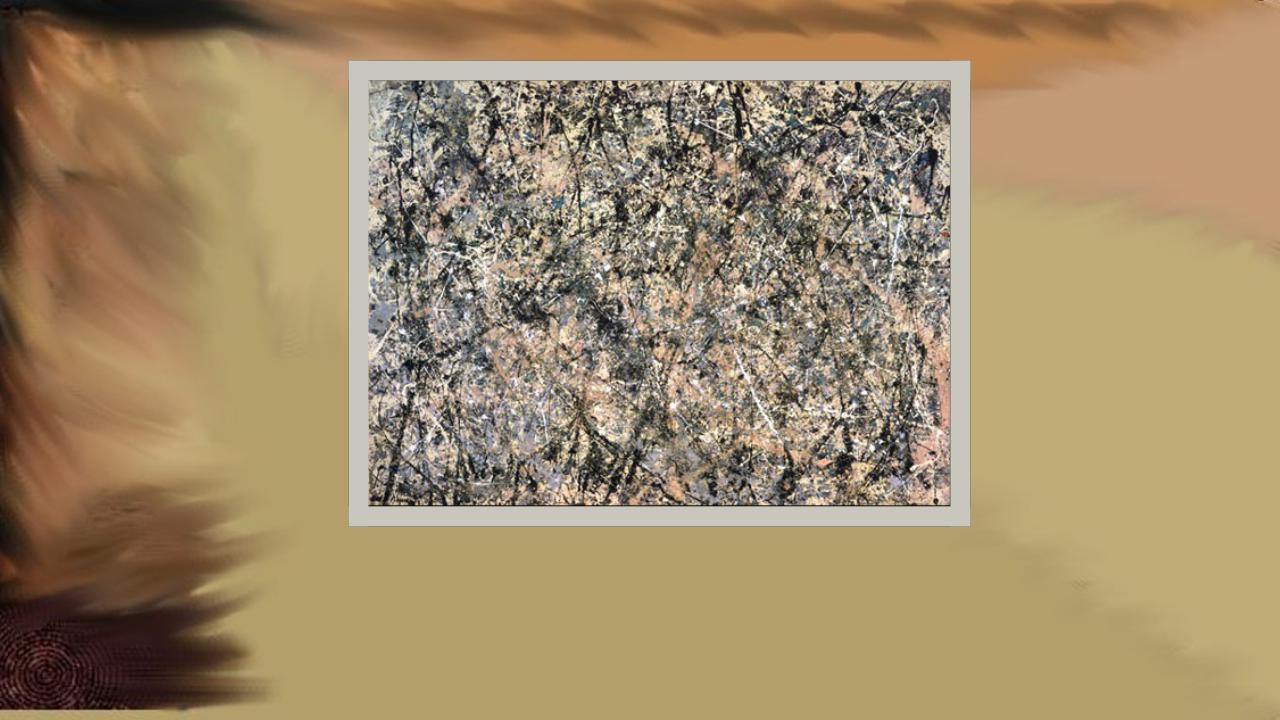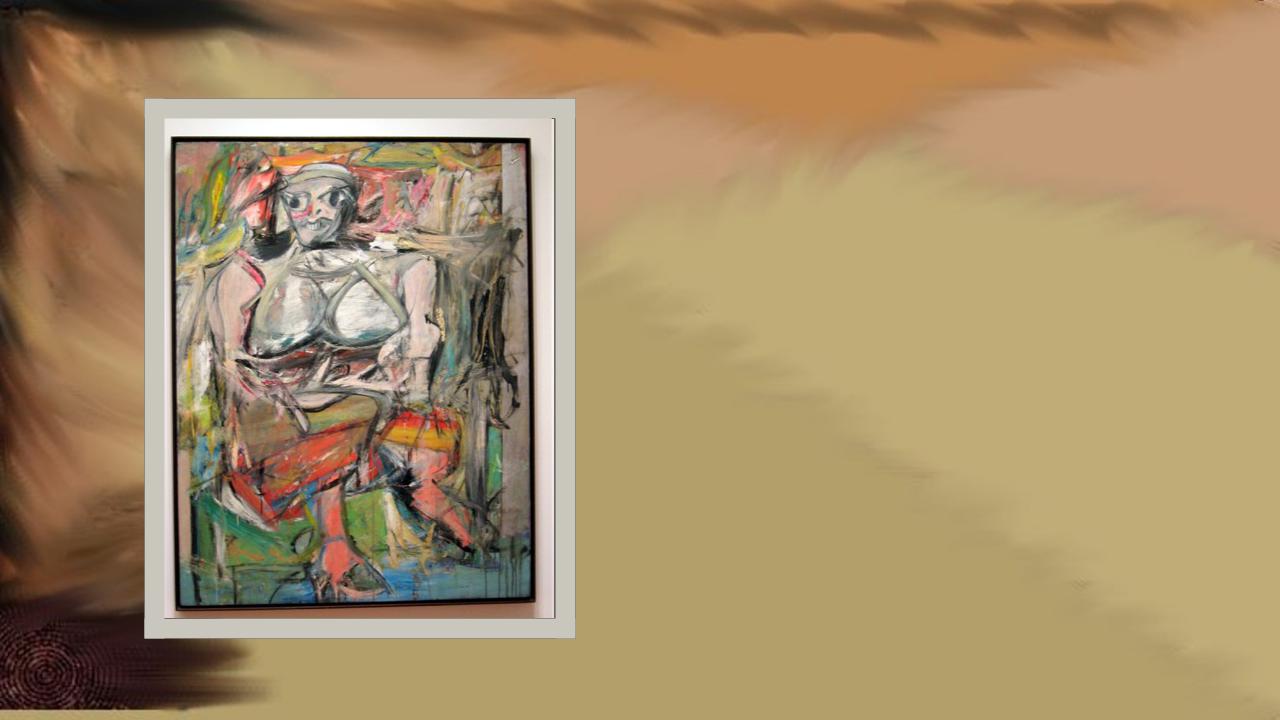
- •Painting and
- •History
- •The Hudson River School
- •Shroon Mountain, Adirondacks, oil painting by Thomas Cole, 1838
- •Mount Washington from the Valley of Conway by John Frederick Kensett, 1851
- •Abstract expressionism
- •Number 1 by Jackson Pollock, 1950
- •Woman 1 by Willem de Kooning, 1952
- •Marilyn Diptych by Andy Warhol, 1962 (silkscreen
- •Drowning Girl by Roy Lichtenstein, 1963
- •Minimalism
- •Harran II by Frank Stella, 1967
- •Thank you for your attention!

Painting and
Visual Art

History
•18th-19th centuries – landscapes and portraits in a realistic style based on Western painting and European arts.
•In rural America – a parallel development of the American craft movement as a reaction to the industrial revolution.
•Developments in modern art in Europe came to America from exhibitions in NYC (e.g., the Armory Show in 1913).
•After WWII, NYC replaced Paris as the center of the

The Hudson River School
•a mid-19th century American art movement embodied by a group of landscape painters whose aesthetic vision was influenced by romanticism;
•paintings depict the Hudson River Valley and the surrounding area (the Catskill, Adirondack, and the White Mountains);
•second generation – other locations (New England and the Maritimes).

Shroon Mountain, Adirondacks, oil painting by Thomas Cole, 1838

Mount Washington from the Valley of Conway by John Frederick Kensett, 1851
(second generation)

Abstract expressionism
•a post–WWII art movement, developed in NY in the 1940s;
•first specifically American movement to achieve international influence;
•term "abstract expressionism" was first applied to American art in 1946 by the art critic Robert Coates;
•extension of abstract expressionism - color-field painting.

Number 1 by Jackson Pollock, 1950

Woman 1 by Willem de Kooning, 1952

Pop-art
•mid-1950s in Britain and in the late 1950s in the United States;
•a challenge to traditions of fine art by including imagery from popular culture such as advertising, news, comic books etc.;
•a reaction to the then-dominant ideas of abstract expressionism;
•is aimed to employ images of popular, emphasizing the banal or kitschy elements of any given culture, most often through the use of irony

Marilyn Diptych by Andy Warhol, 1962 (silkscreen
painting)
